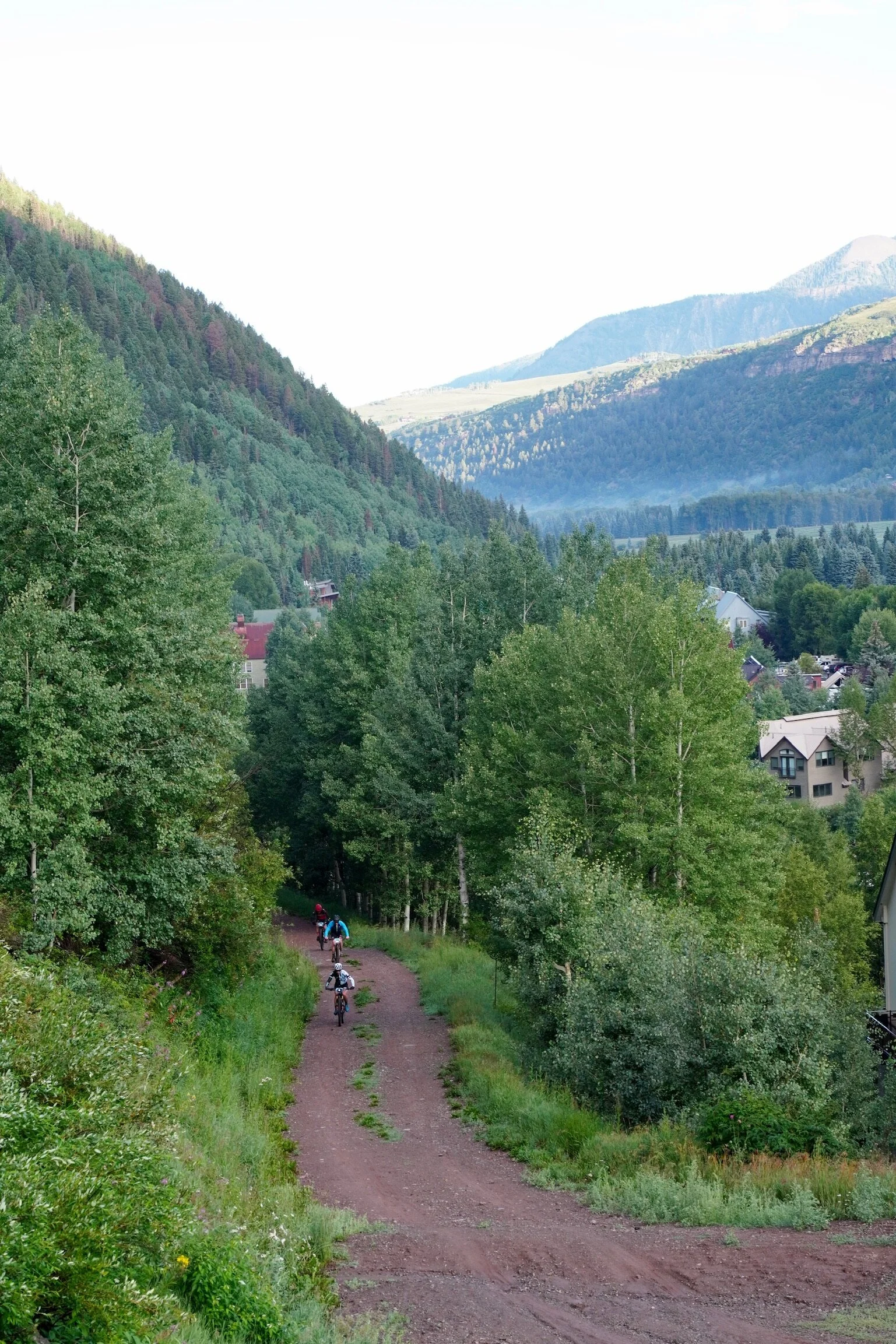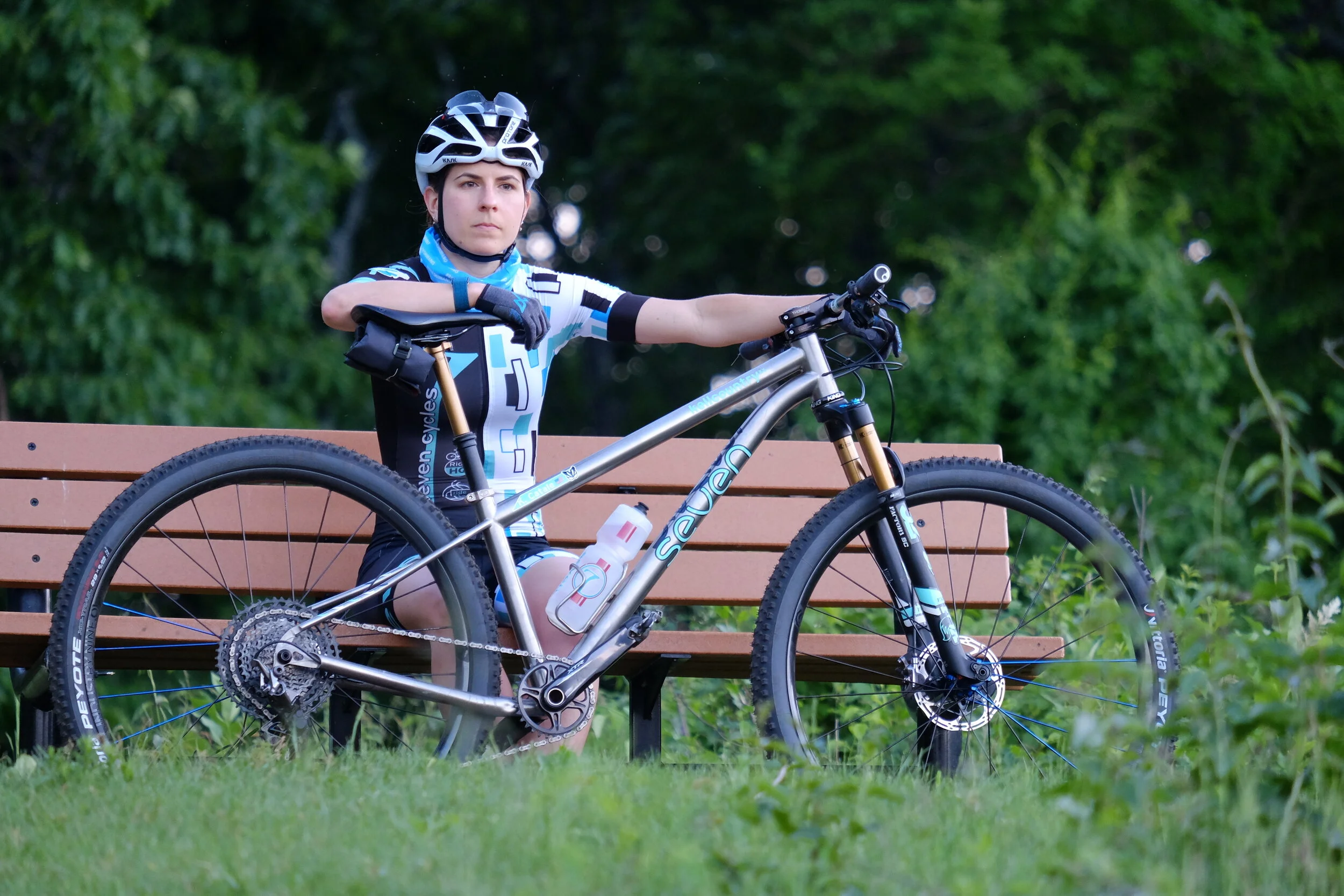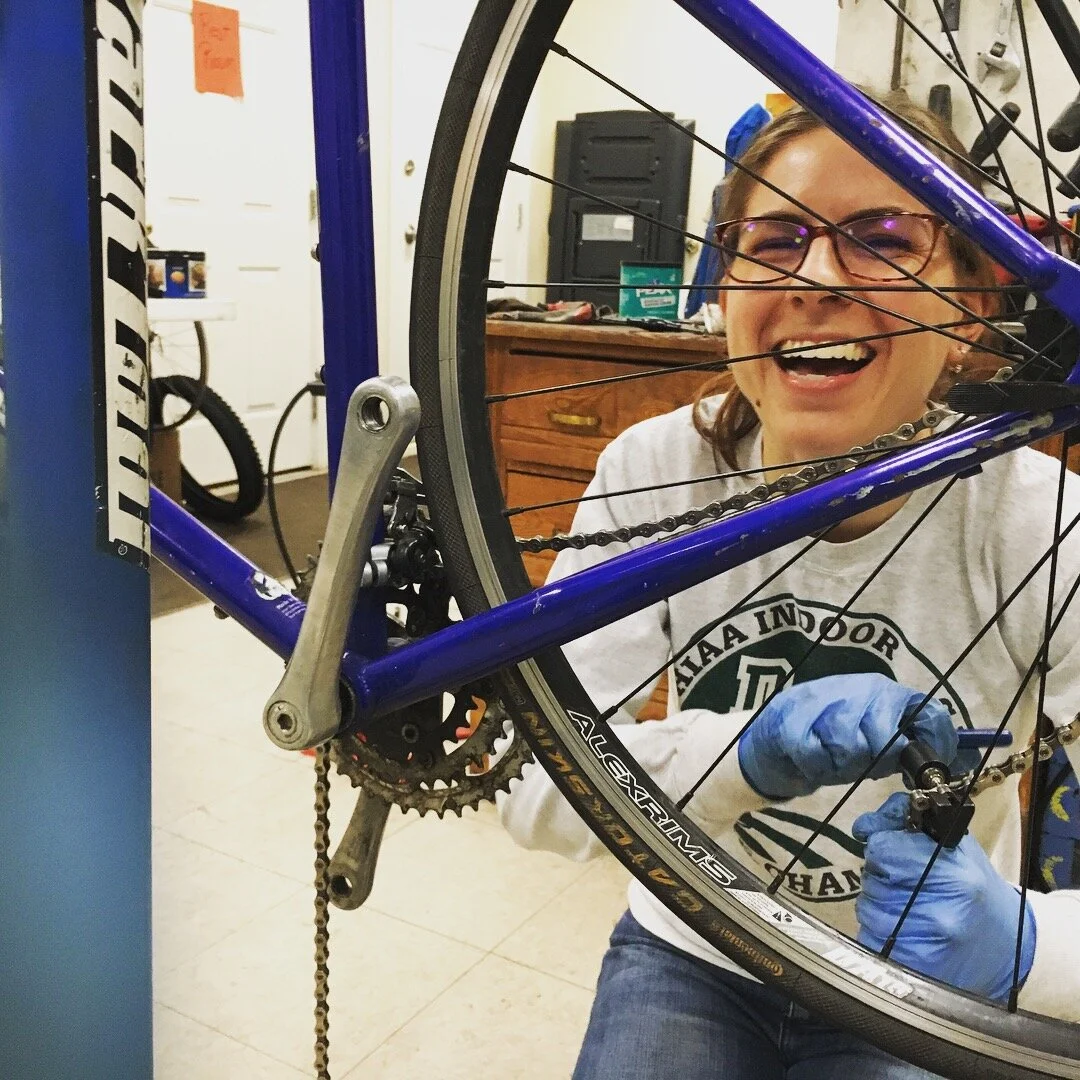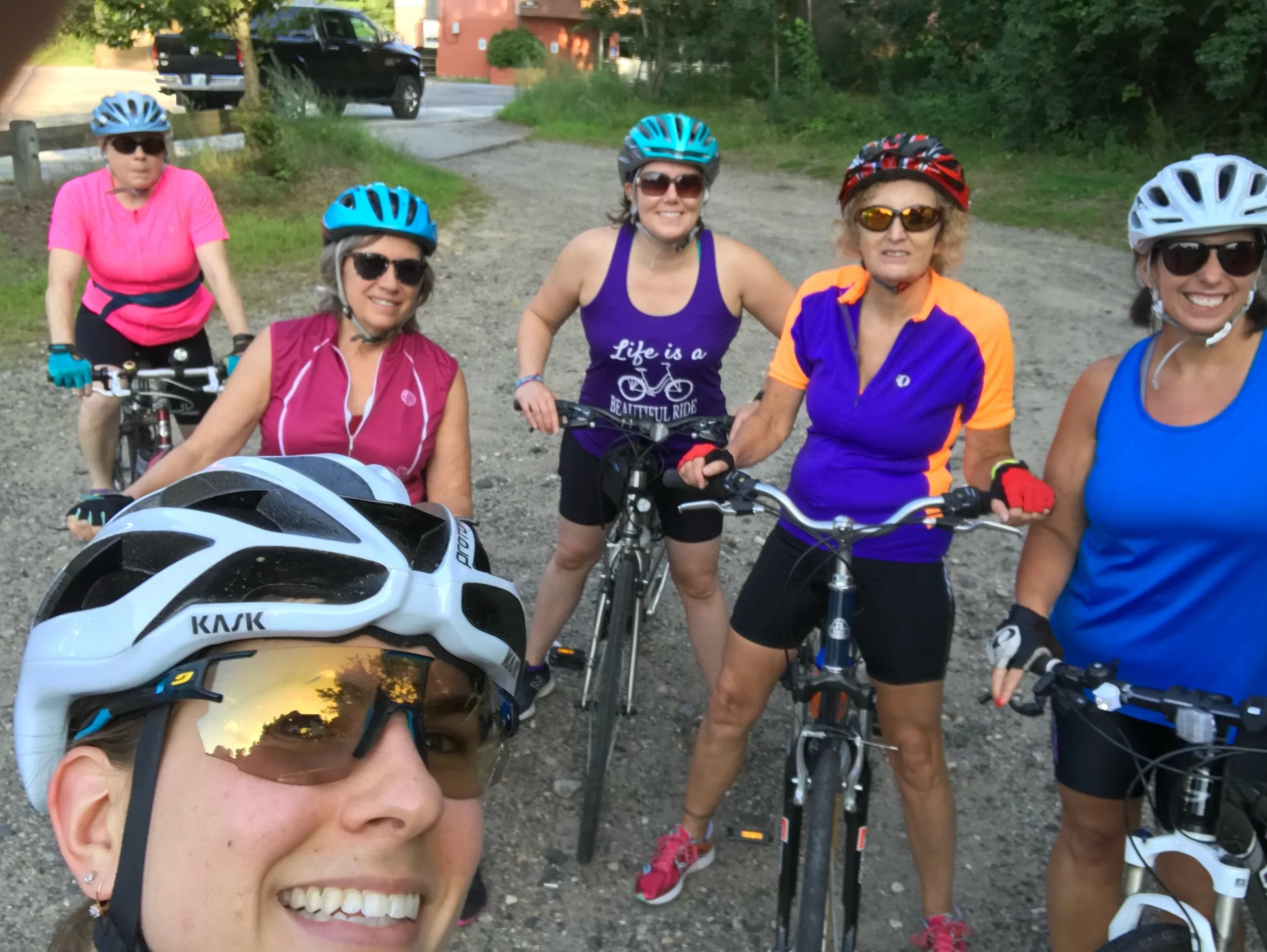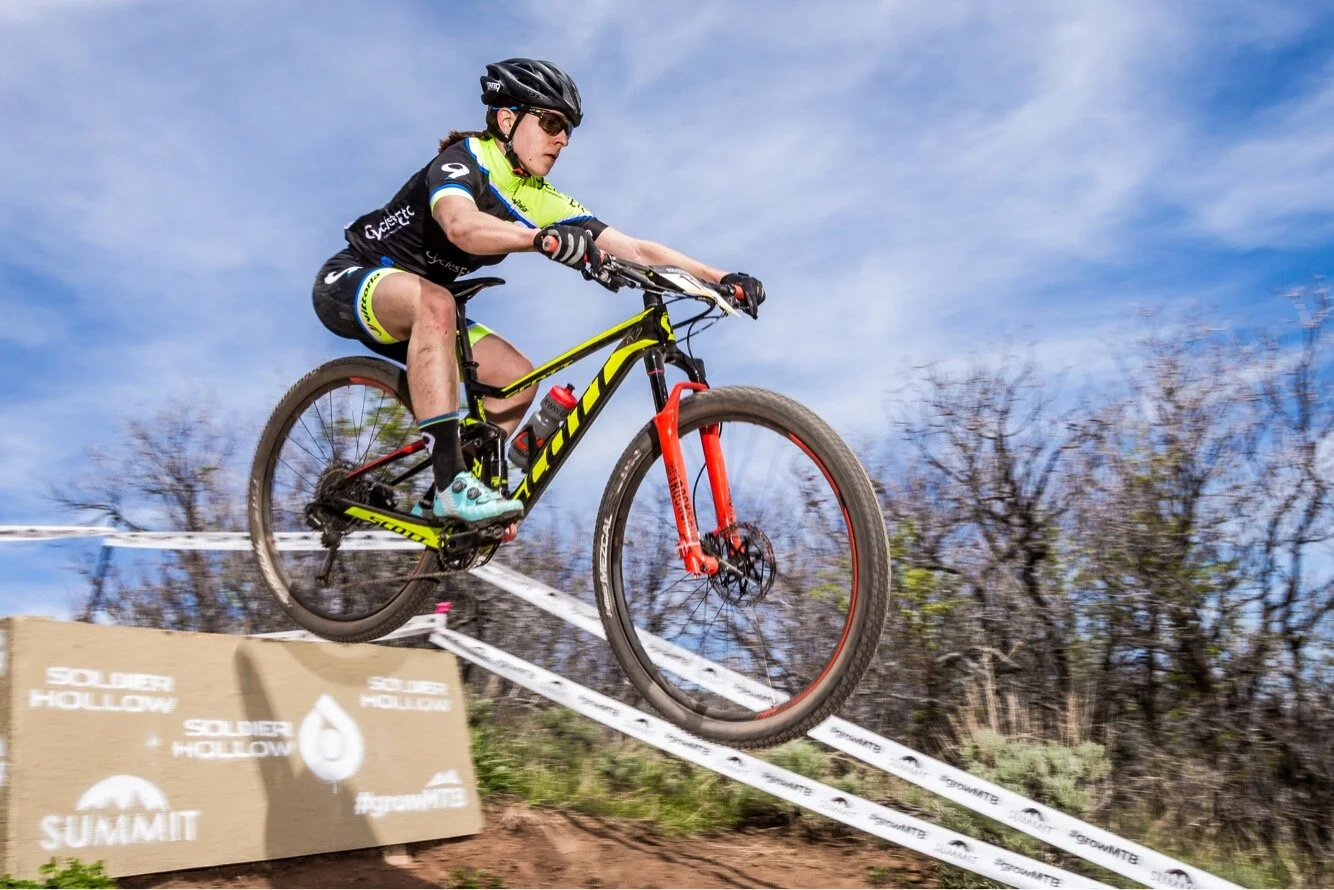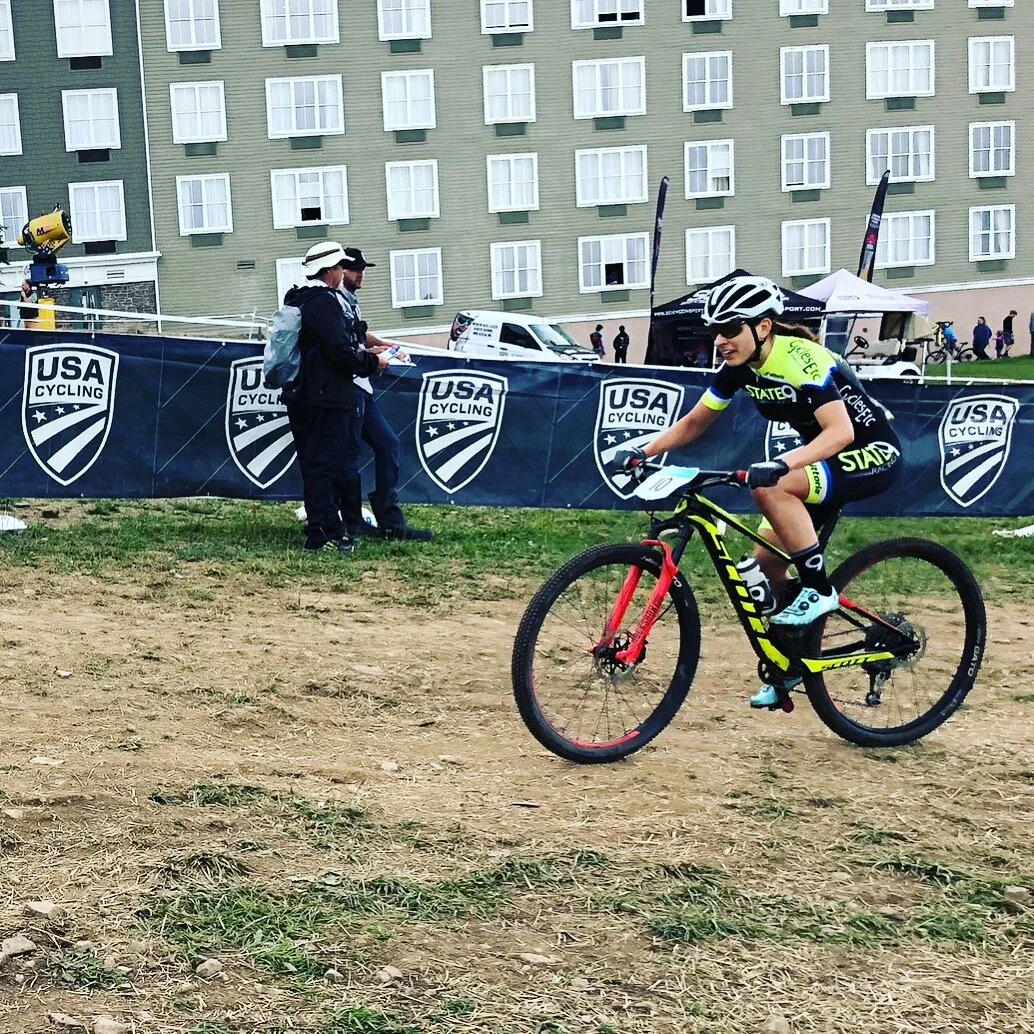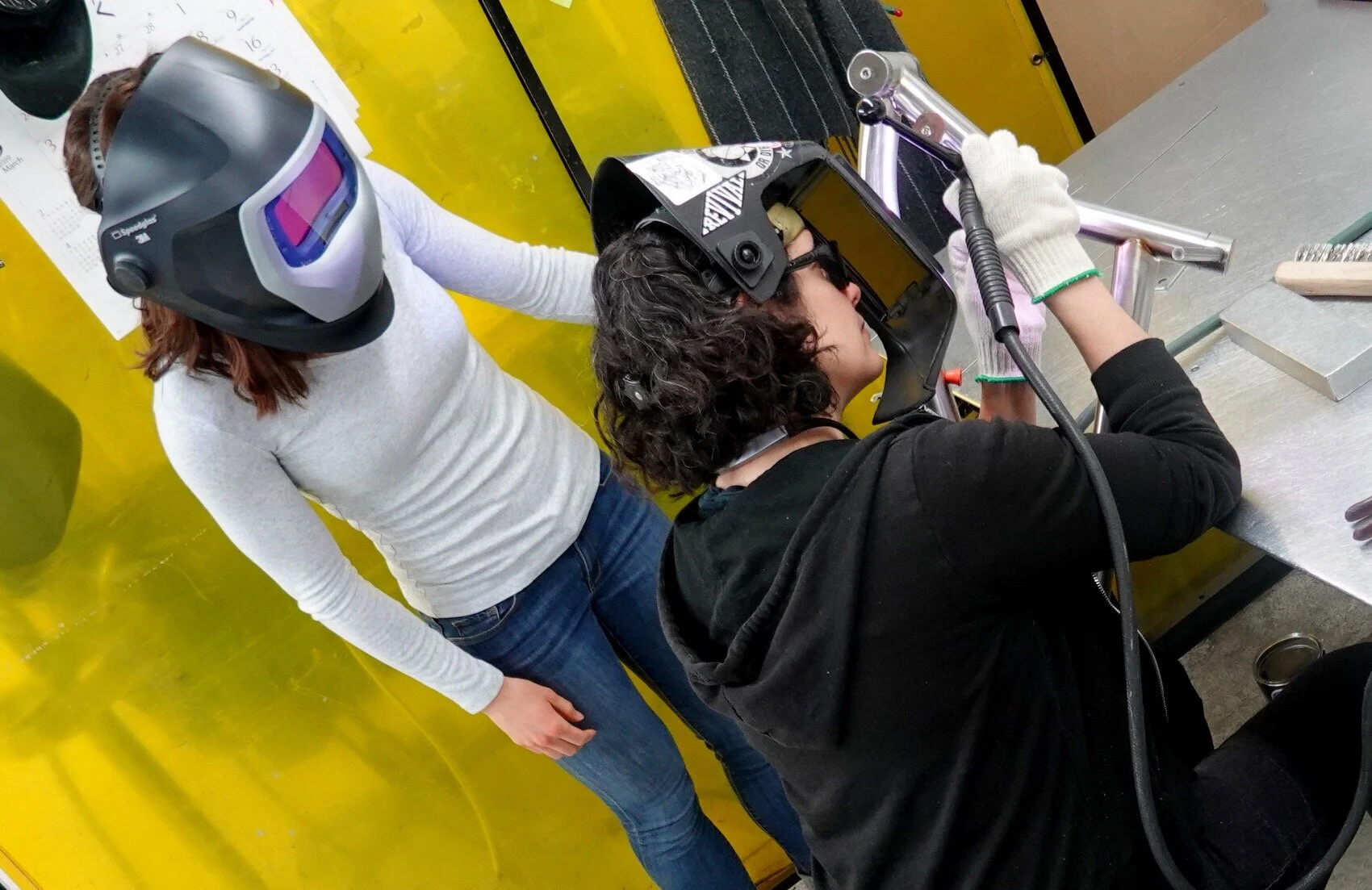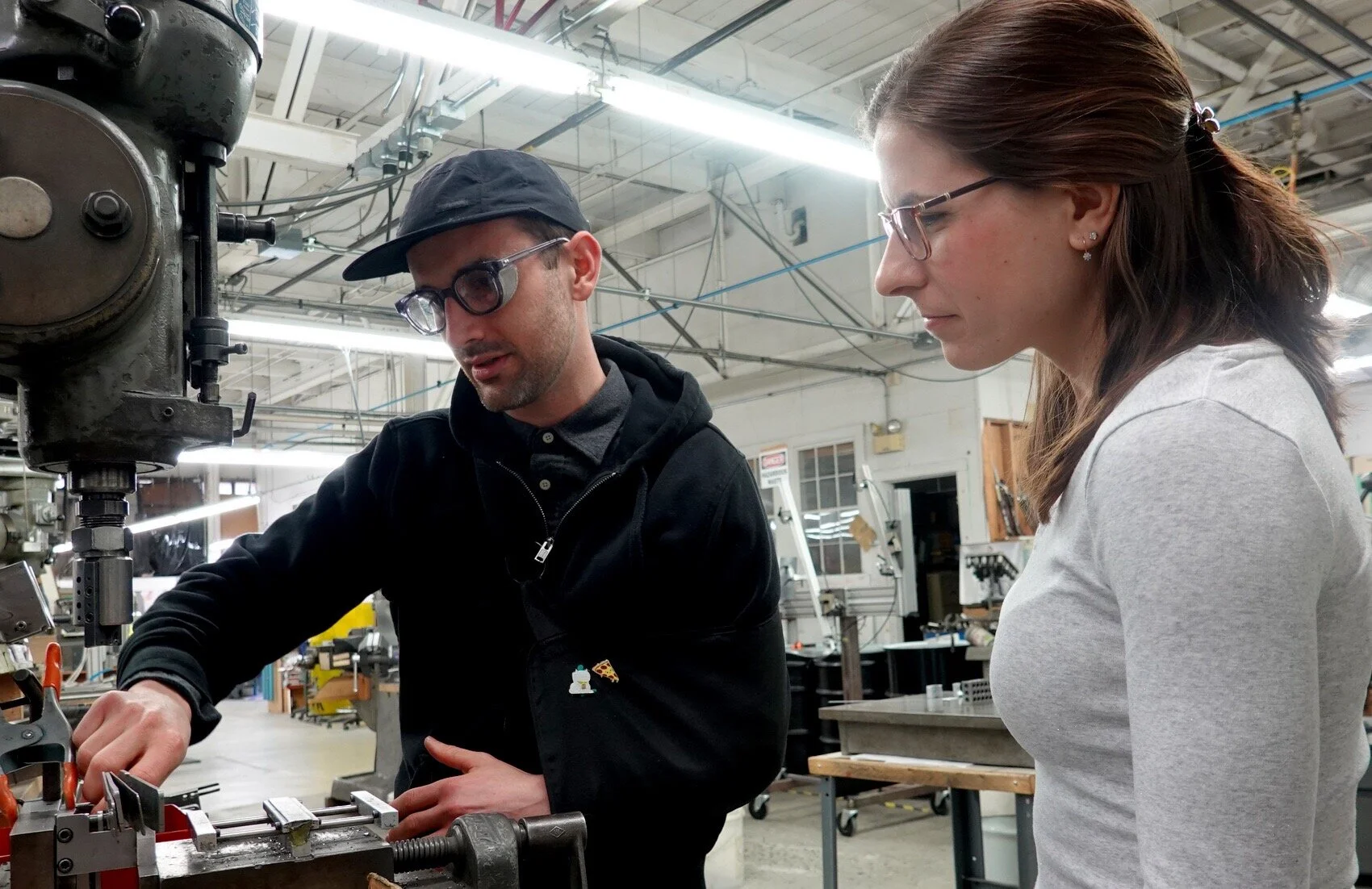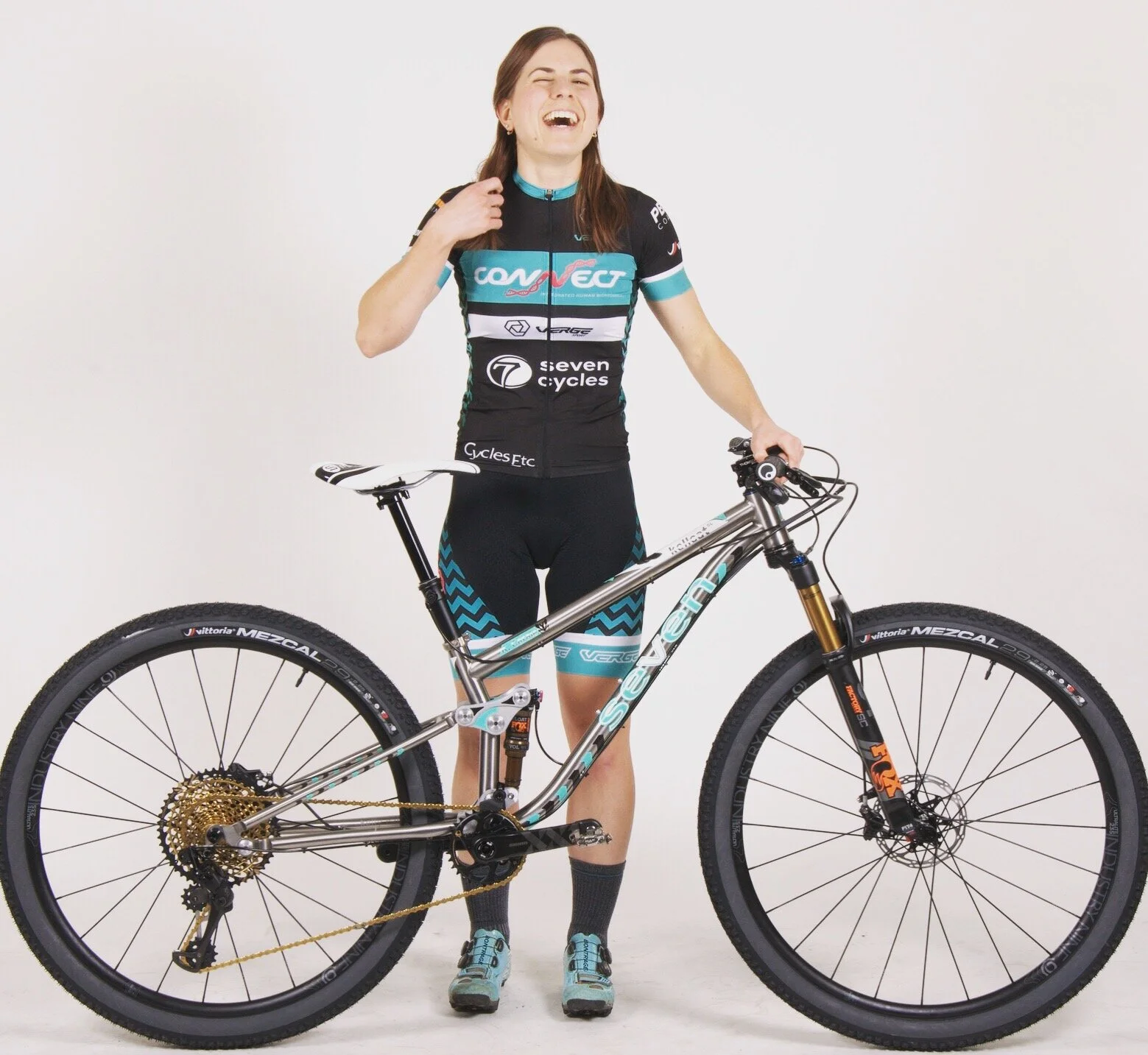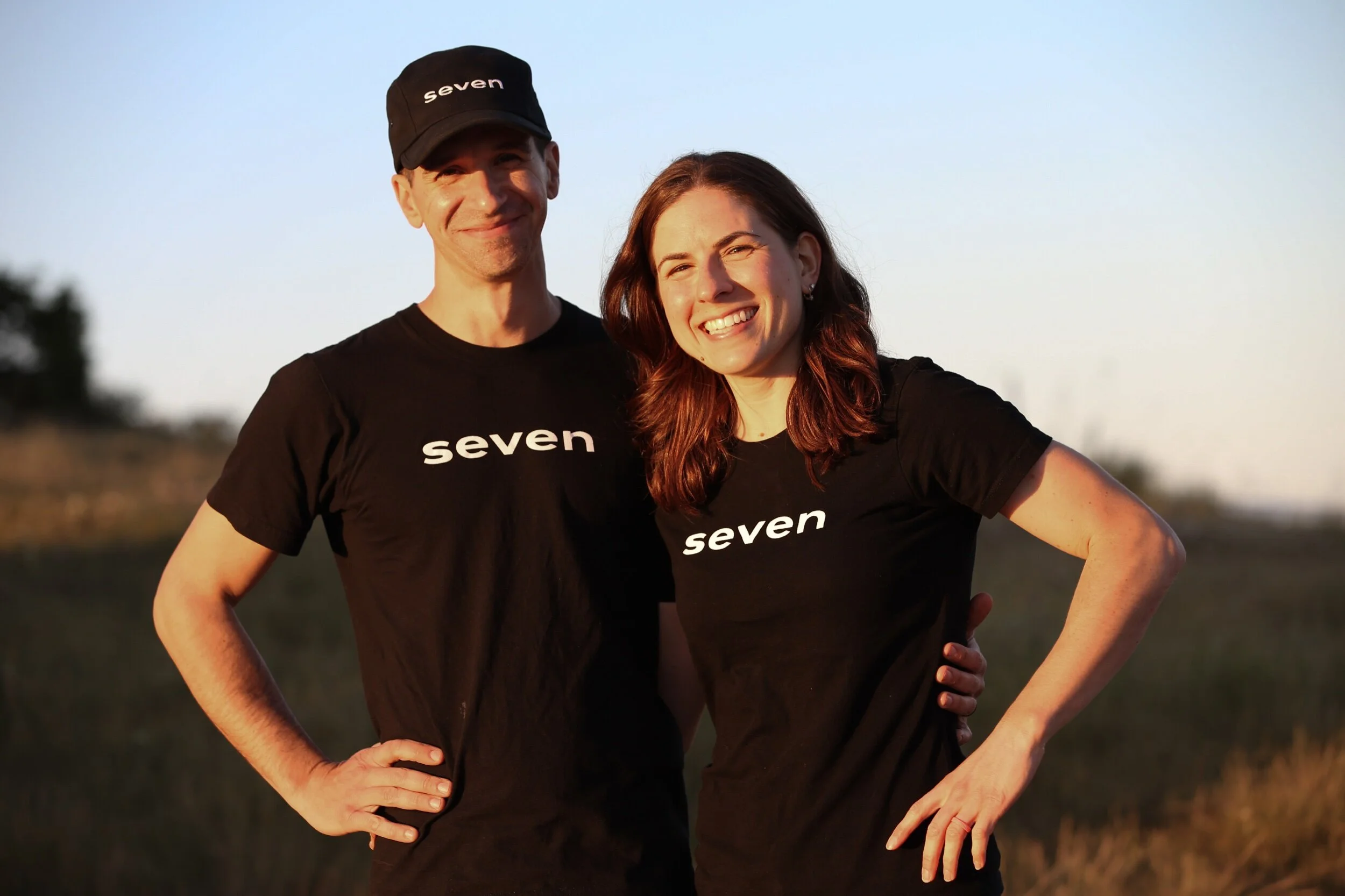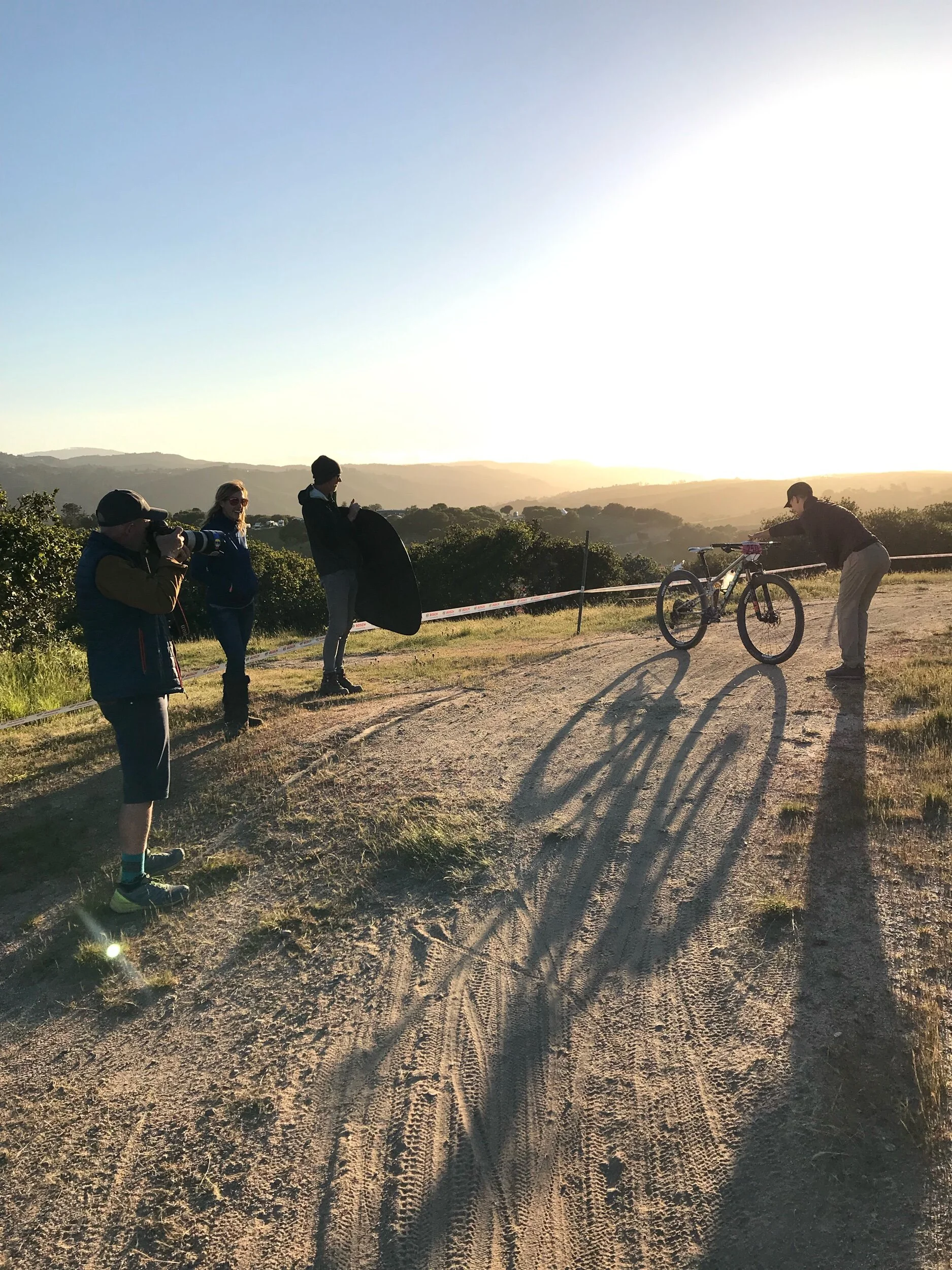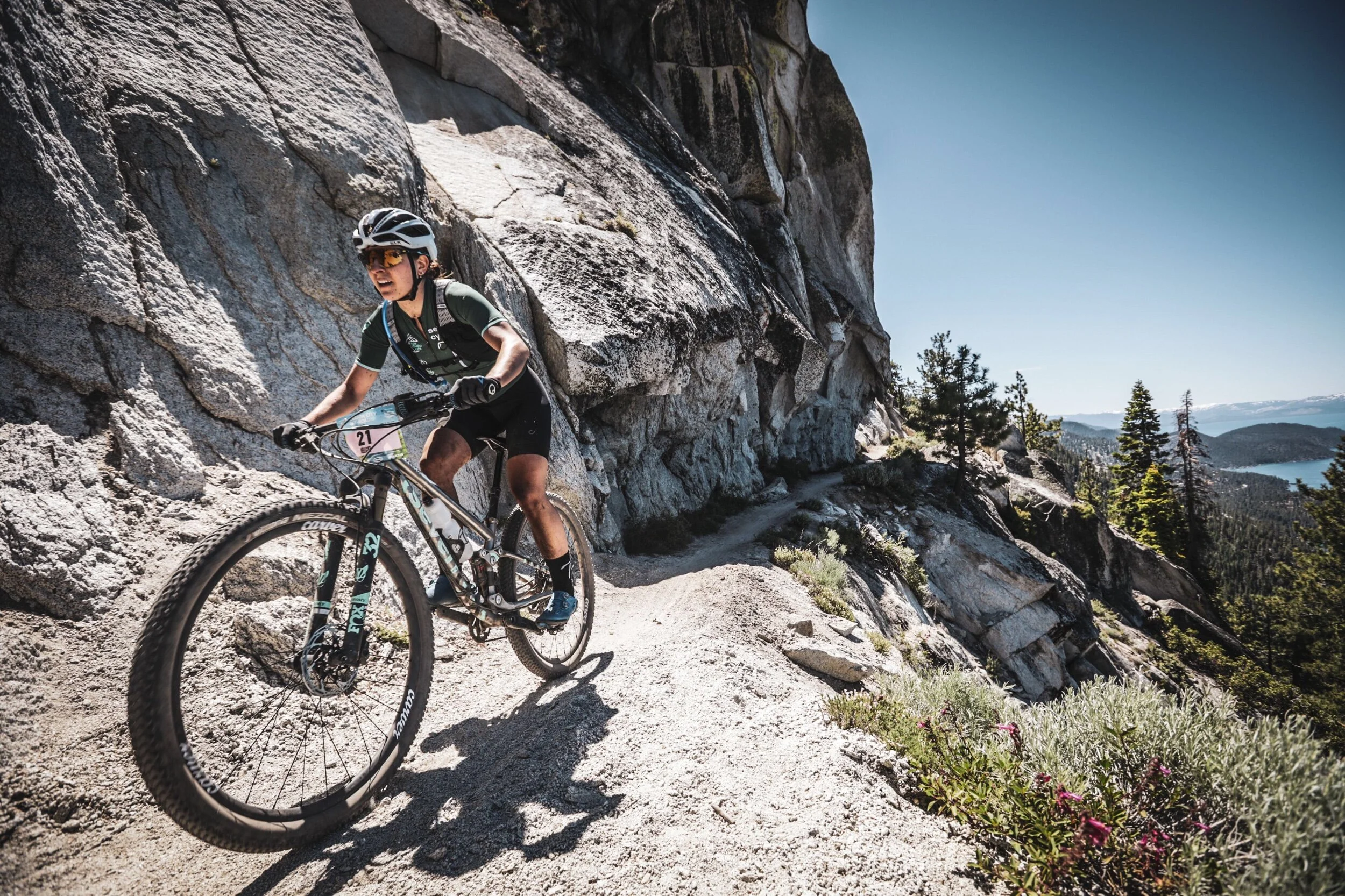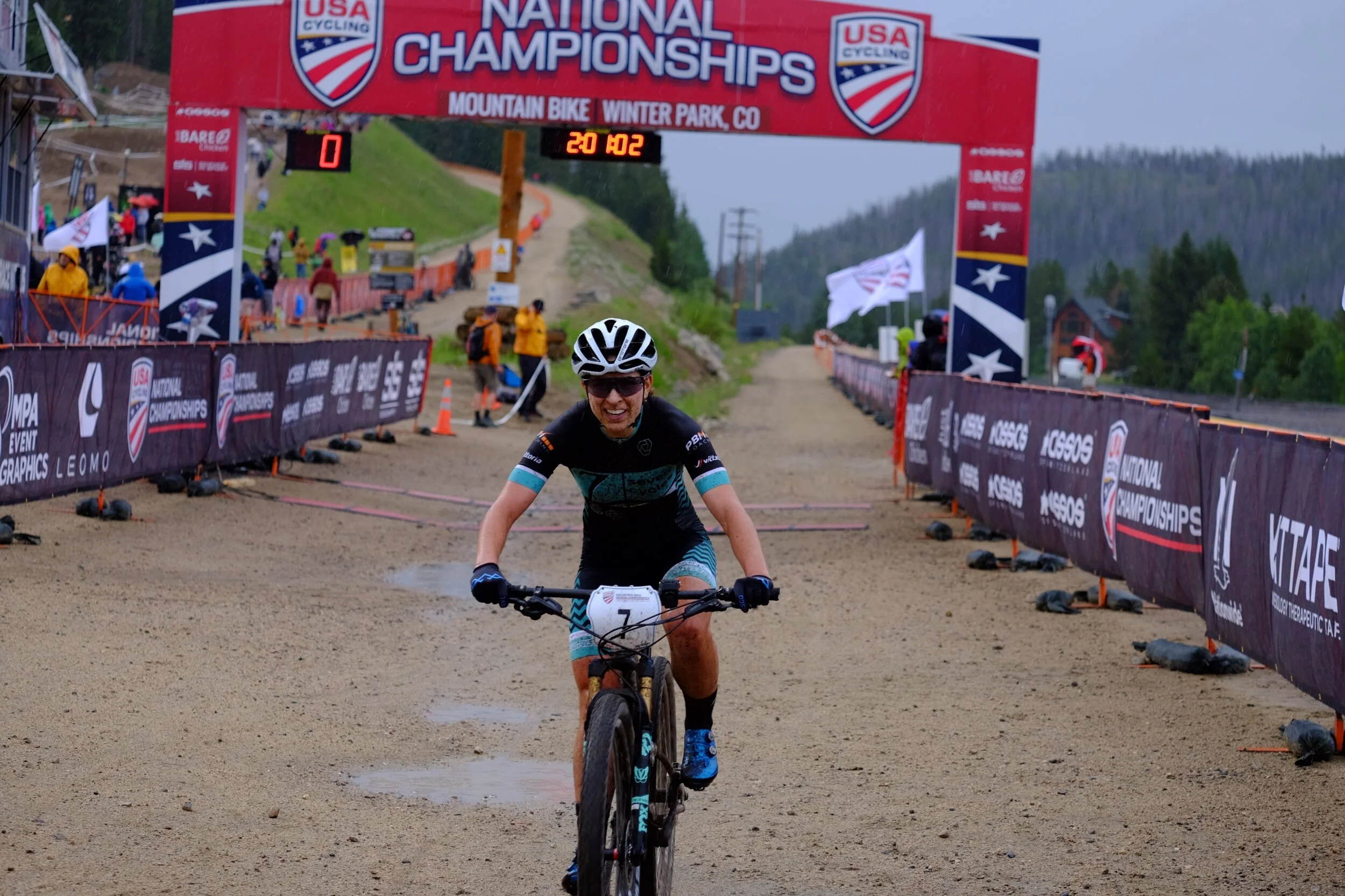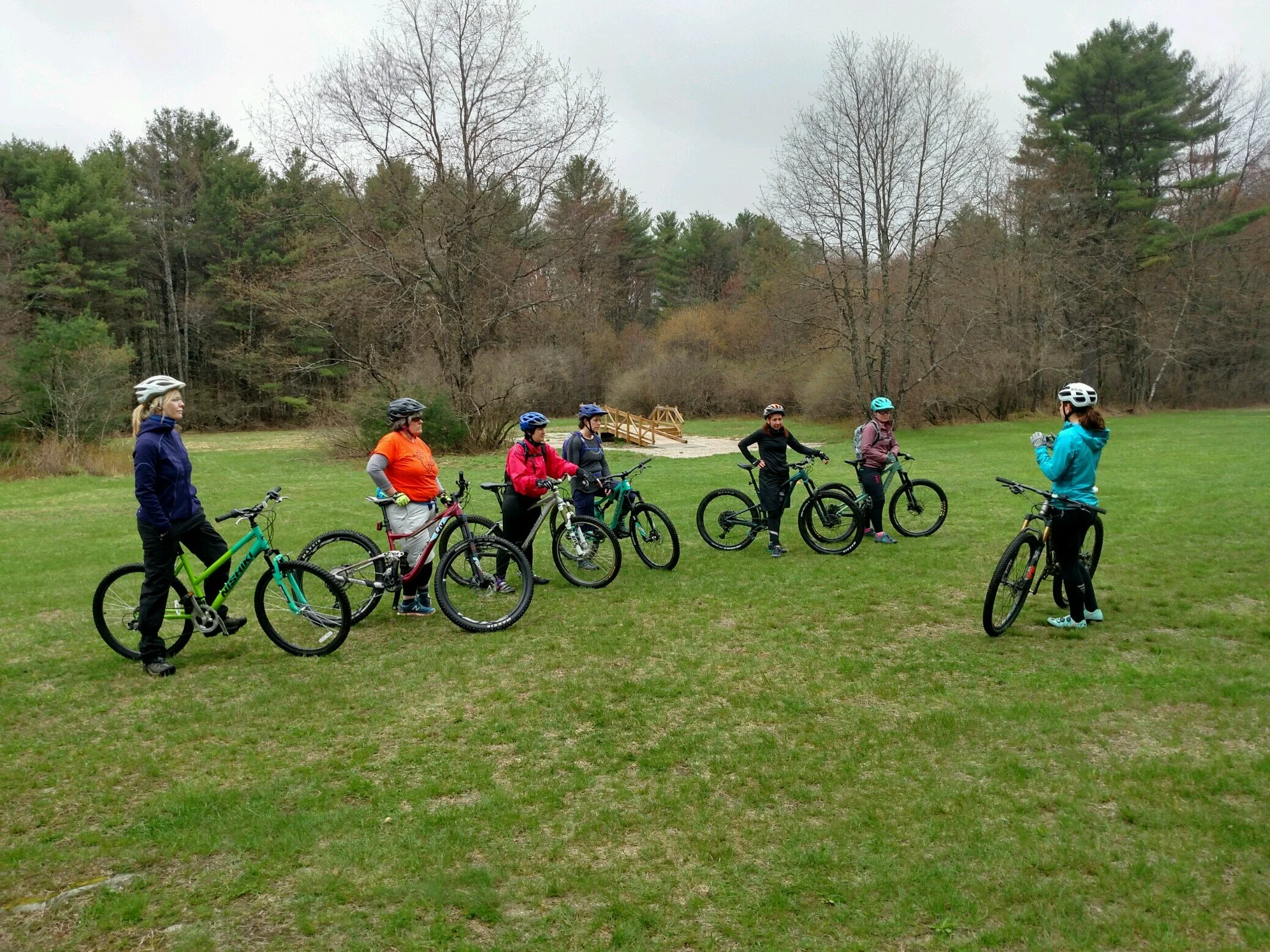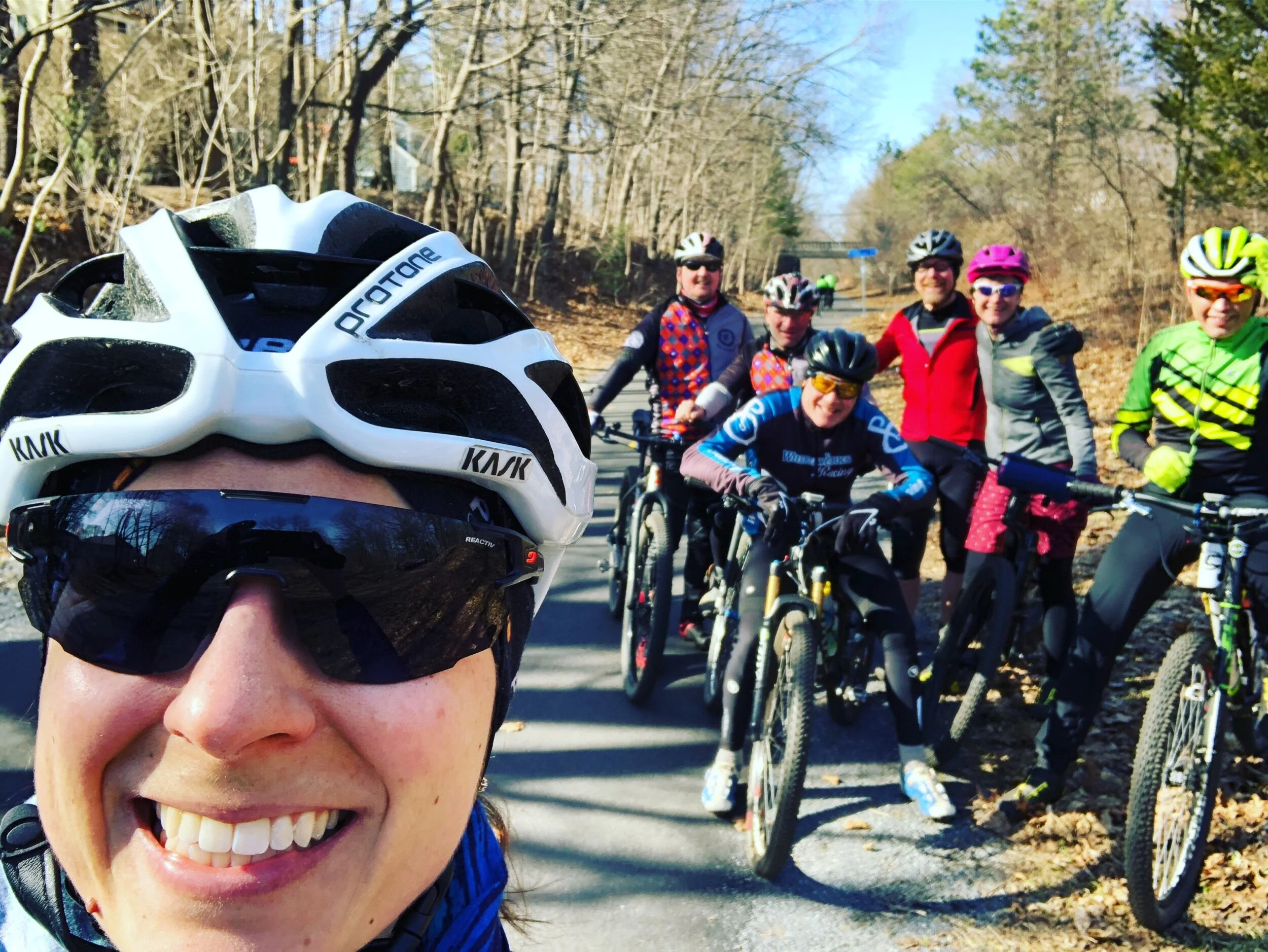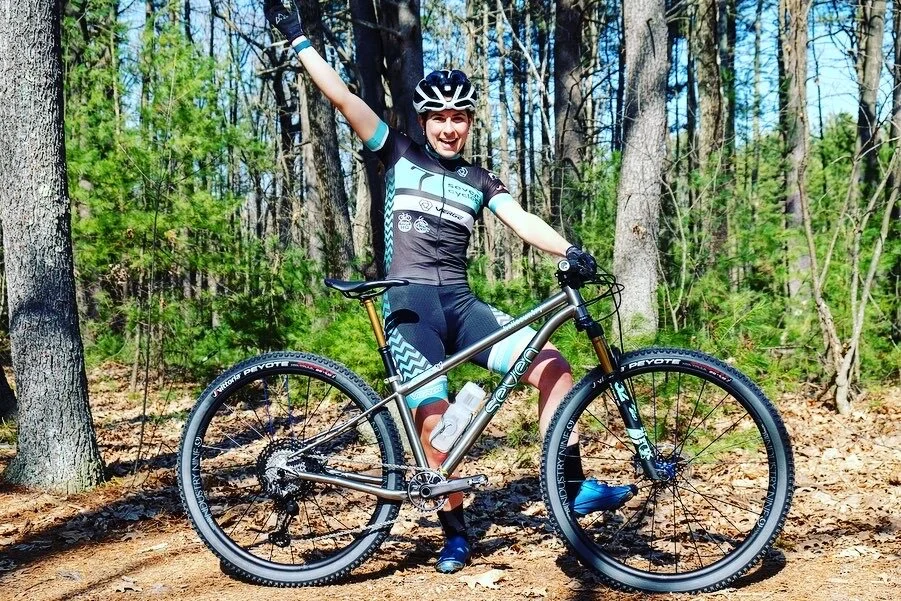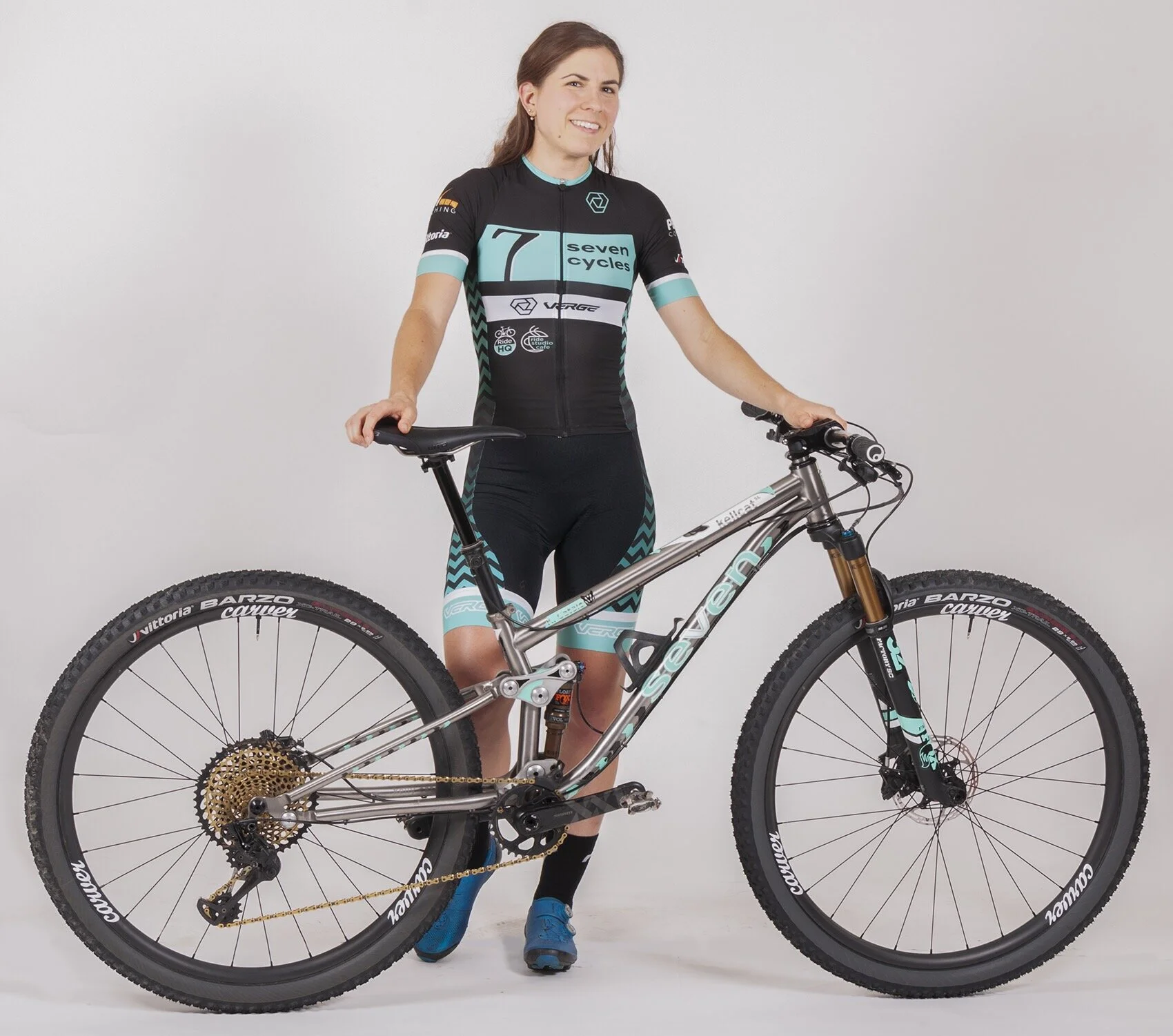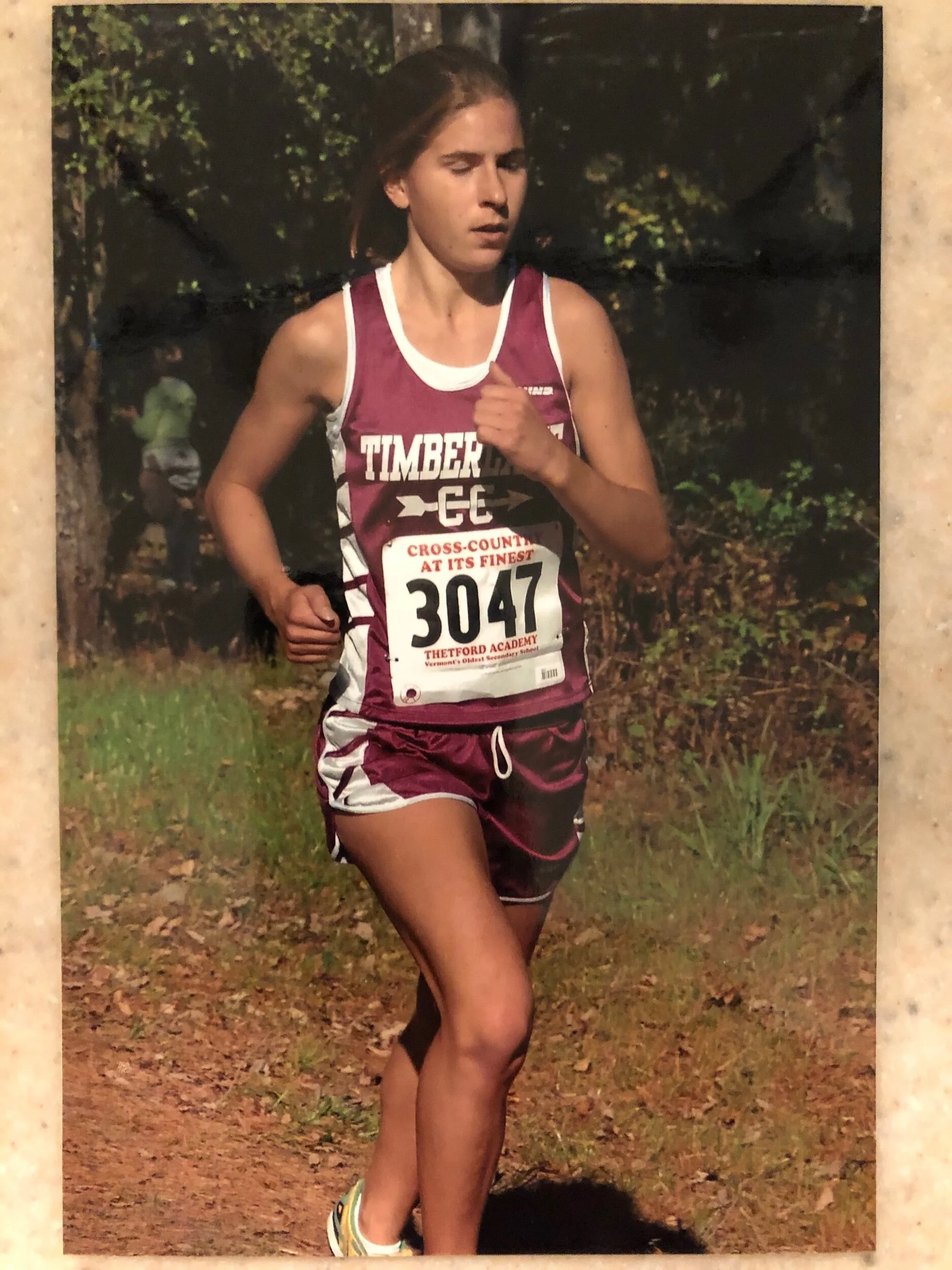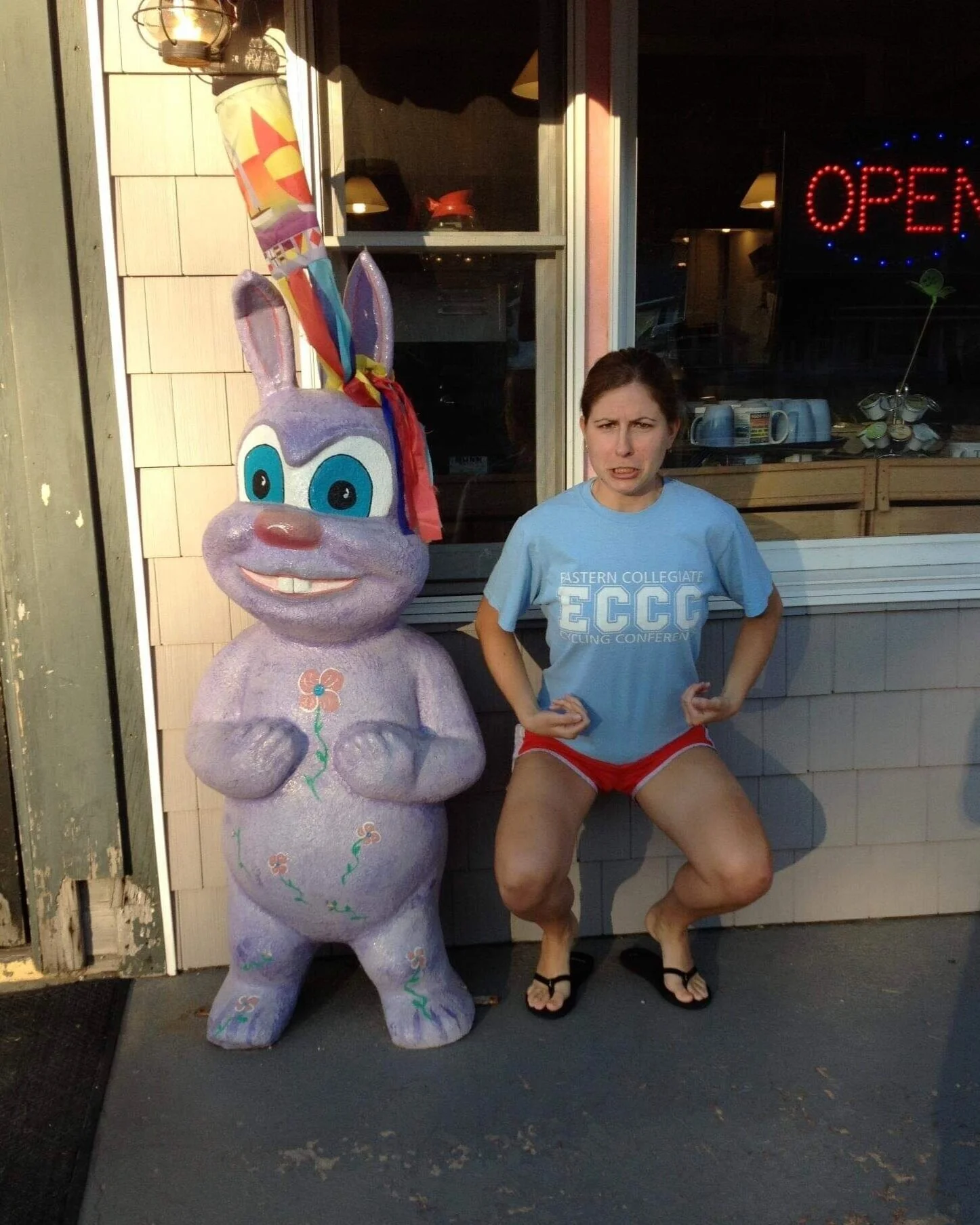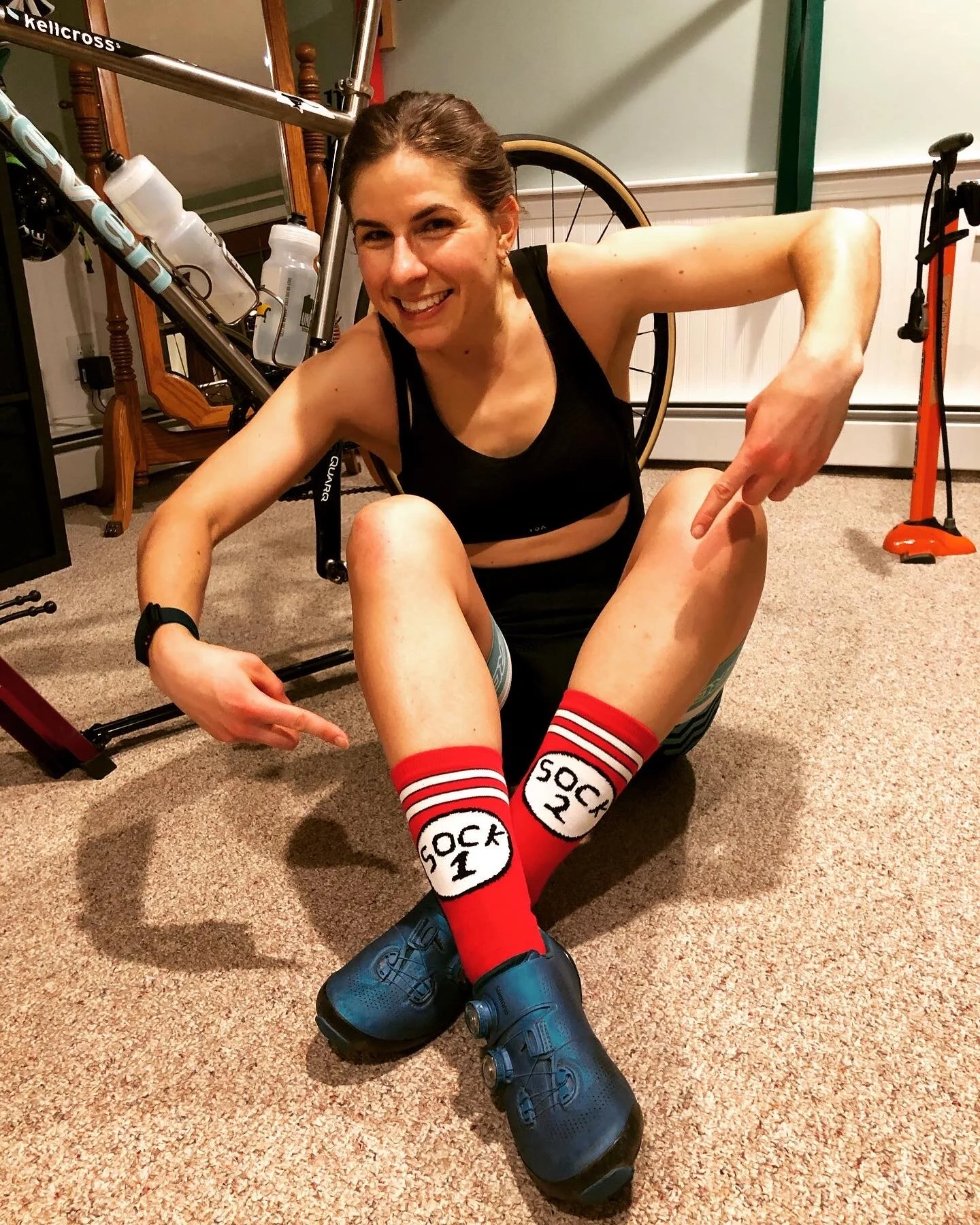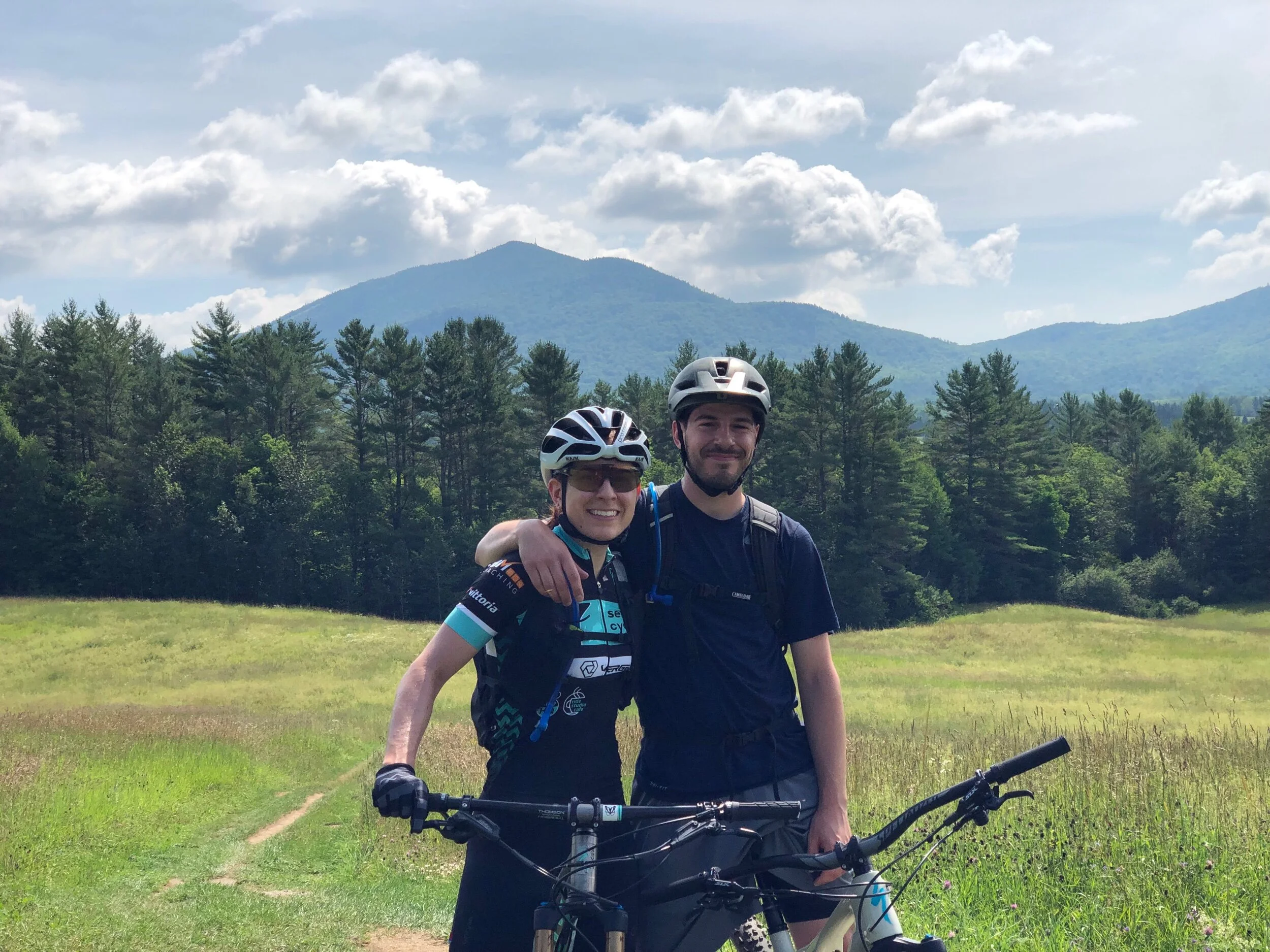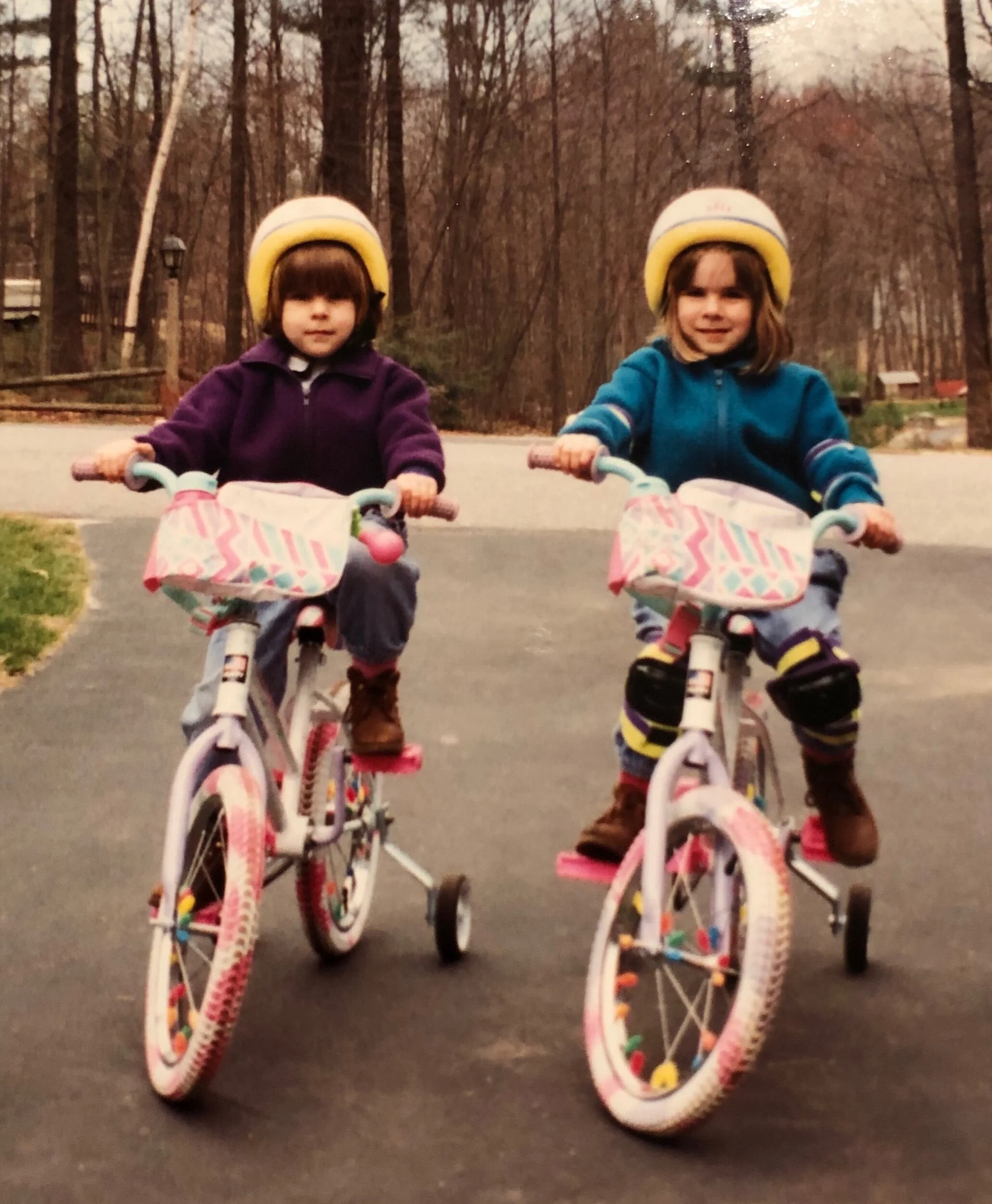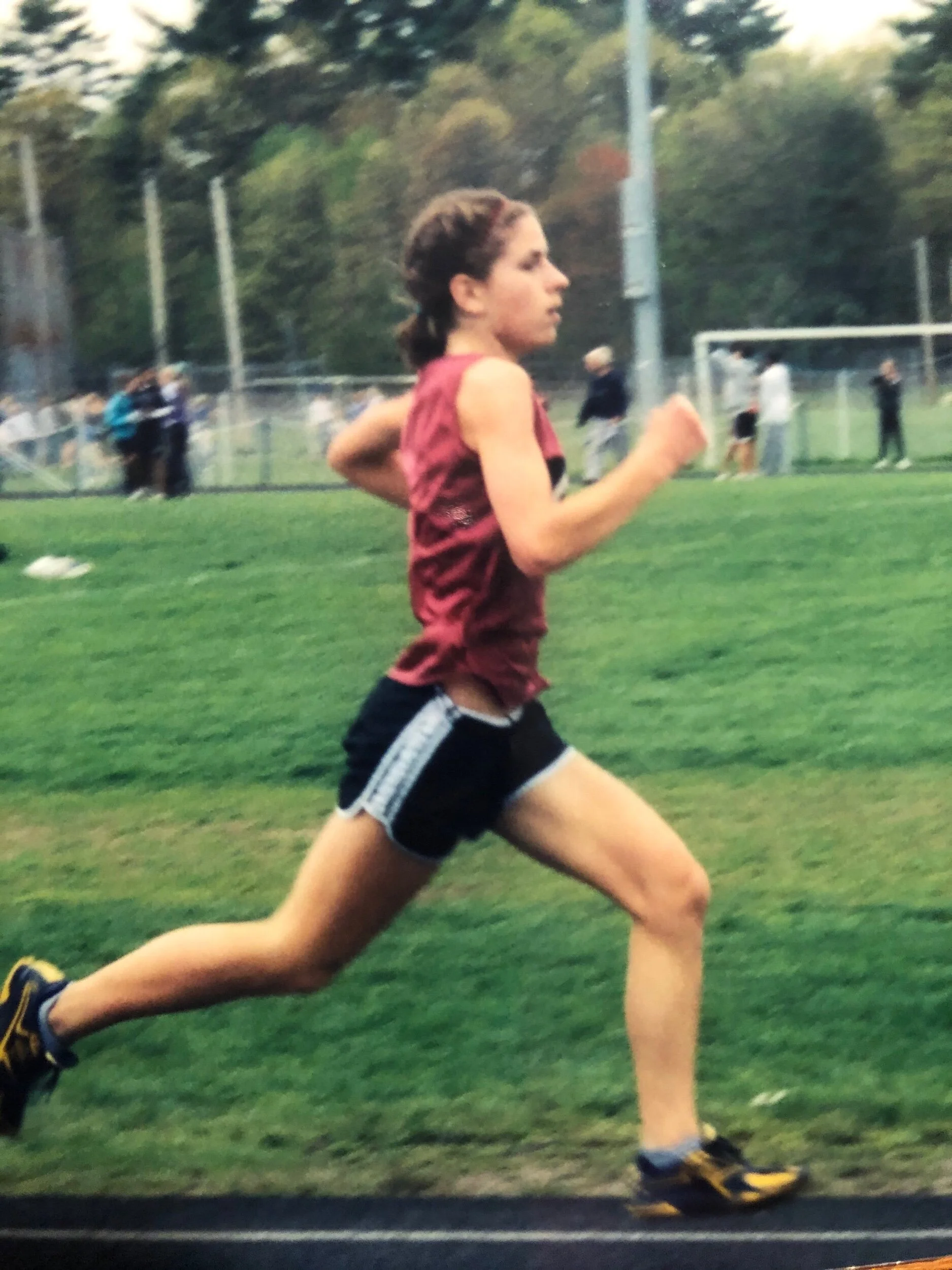BIG DISCLAIMER: I’m no expert on success, and I don’t claim to be. But enough people have expressed their curiosity about what it takes to chase my dreams that I felt it was worth sharing some thoughts based on the limited experience I’ve gained in life and in my cycling journey.
In a pleasantly surprising number of instances, I’ve had friends and strangers alike tell me “You are inspiring and you make me want to pursue my own goal of [insert life goal / dream / passion] but I have no idea what to do. What’s the secret to being successful?”
So you want to know my secret to achieving a goal?
Build your “village.”
When it comes to pursuing goals and chasing dreams, success is never an individual endeavor. I’m sure you’ve heard the old idiom “it takes a village.” Well, chasing your own personal goals need not diverge from this time-tested guidance.
Don’t be fooled by what you’ve heard — no one has achieved greatness without having support and the benefit of climbing on the shoulders of the adventurers before them. Now, if your goal is to do 100 push-ups, then you can probably go it alone. But, if we’re talking about big dreams — the kind that give you goosebumps from fear and excitement — then the secret is to surround yourself with people who will help you on your journey.
While my Instagram and Facebook accounts are focused around #TeamKellCat and myself, my professional sport pursuits have been heavily enriched by relationships with remarkable people in and out of the cycling industry. Many of these people have placed immense trust and belief in me when there was absolutely no reason to do so (at least in my opinion). [Side Note: If you, dear reader, are already a member of the Team KellCat village, I hope you realize the incredible role you play in my life. Thank you a million times over.]
Without even realizing it, I have been subconsciously grooming (not literally grooming, that would be gross…) and refining my “village” to surround myself with people that lift me up, inspire me, and fiercely support me in all the right ways.
Don’t be fooled, though. As many fierce supporters as there are in this journey, there have also been the same amount of intense “discouragers” (that’s not a word, I know) and people who discounted my dreams. At the beginning of my professional cycling journey, in a subconscious effort to build my village, I would share my goals and dreams with people I met at bike shops, group rides, family events, and even grocery stores (especially when I’d show up in grocery store line to buy some ingredients for dinner with my smelly bike shorts and strange-looking bike shoes, because of course I always forget something important…).
The responses from the masses ranged widely. Interestingly, strangers who knew very little about mountain biking and even less about me, were supportive and enthusiastic, likely drawn to my passion and my energy with a strange curiosity. Even more interestingly, the people who knew me and knew about mountain biking were more often than not cold and unsupportive. I heard “it’s not worth your time” and “it’s really difficult for women in the cycling industry” or “you might want to just stick to racing locally for fun” and “how long do you think this will last? You’re only a few years away from 30; don’t you want to have kids soon?” (Don’t even get me started on this one).
Let’s just say it’s a good thing I’m stubborn and resilient. And have an illogical amount of courage.
For a while, I even dreamed of going to the Olympics, and I truly believed it was possible. In fact, the handful of supporters in my early village helped me believe that anything was possible. So that was always a goal in the back of my head: 2024. Kelly the Olympian.
Actually, it’s funny how the brain and memory work. If my memory was truly accurate, my recollection of my early pro cycling pursuit would be flooded with negative feedback and discouragement. But, strangely, it’s not. On the whole, I remember being really well supported and surrounded by positive energy along my path. I suppose I’ve learned to craft my journey in a way that keeps me motivated and energized, which means stuffing some of that negative energy deep into the dark pockets of the never-recall gray matter.
If you came seeking inspiration from this post because you have aspirations of your own, let me assure your that I’m not sharing this to scare you. Au contraire! I’m actually trying to illustrate that despite external doubt and discouragement, self-approval and hard work can prevail. I’ve never been Kelly the Quitter, but rather Kelly the Clever Village Builder; you can do the same for your own dreams, too.
To be honest, I never reflected deeply about this effort to build my “village” until now. Looking back, I truly believe the doubters outweighed the supporters. There’s a lot of negativity out there, likely coming from a place of fear, or jealousy, or maybe from a place of protection. Had I let the doubters “win” (everything is a competition, remember), this journey would have been very different. Today, I’m proud to have created a tribe of people who lift me up. These people invite me to share crazy dreams, pursue my passions, and suggest ideas that defy a bit of rationality and common sense.
To help on your journey, here are a few tips about building your village:
Accept that it does take a village. As the Mandalorians say: “this is the way.” A community of support will bring out your best self. Stop resisting and embrace this reality.
Positive energy is contagious. So is negative energy. Accordingly, I’ve had to cut out sources of negativity in my life entirely. For negative sources that I can’t necessarily cut out entirely, I’ve had to be selective of what I discuss and monitor my interactions with them. For example, there are people who immediately cut down ideas and new opportunities with “realist” opinions and overall pessimistic perspectives, when what I really need is near blind optimism and support. So, now I don’t go to those people with new ideas. I go to them when I’m confident in my path and sharing news, not seeking approval.
Make REAL connections. Don’t look at relationships as just “what can they do for me?” Make people feel invested in your relationship. Be a friend, an ambassador, a positive force. Push yourself to be the inspiration that others need in their life.
Don’t be afraid to make a fool of yourself. Authenticity is key. Plus, you want to be surrounded by the “right” people who accept your true self in all it’s uniqueness — not people who are drawn to perfection and flawlessness (because, let’s be real: no one is perfect).
Lean into relationships that challenge you. Of course you need to find people who believe in you and your dreams, but don’t build a village of rainbows, marshmallows, and unicorns. Find people who aren’t afraid to challenge you and push you to be your best self. Mix in different perspectives and opinions because complacency and unanimous thought can make you blind to reality.
Be open to joining someone else’s village (when appropriate; don’t go knocking down the castle walls without an invitation). Compliment a friend who is working hard at a new skill or endeavor; reach out to someone you see struggling; connect with someone whose passion resonates with your own journey; share a blog or podcast that you really enjoyed; send a message to someone who inspires you; participate in an event or challenge that someone has worked hard to establish, even if it just means posting a silly picture of your workout socks every Wednesday... Whatever form it takes, being part of someone else’s journey can be inspiring and motivational for you and can provide an intrinsic sense of fulfillment that might drive you along your pursuits in unpredictable ways.
You’ll find that people are drawn to positive energy and enthusiasm. Everyone wants to be part of a success story. And, it turns out, helping others feels really great.
So, build a village. Hell, build an empire if you’re daring. Be authentic and seek out the people who will enrich your life and give you purpose while also challenging you. At least that’s what I’ve done.
Moral of the story: Build a village, but don’t groom your villagers. That’s gross and a little too personal.




